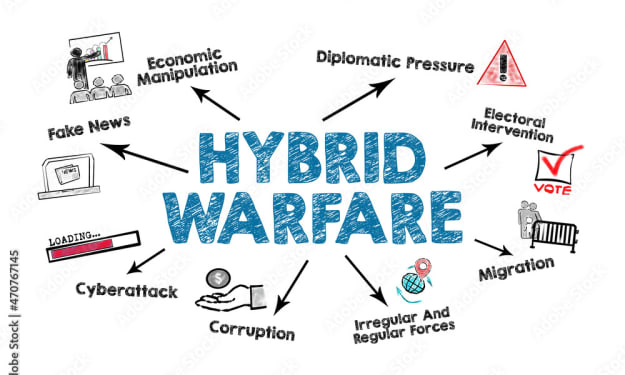Major Steps to Follow While Building an Online Tutor App
eLearning app development

In the fast-paced digital age, the demand for innovative educational solutions is ever-growing. Building an Online Tutor App can be a game-changer in eLearning, offering a dynamic platform for students and teachers alike. This guide outlines the major steps to follow for a successful venture into eLearning app development.
Market Research and Idea Validation:
The journey begins with thorough market research. Identify your target audience, analyze competitors, and understand the unique selling points of your app. Validate your idea by seeking feedback from potential users, educators, and experts in the field. This step lays the foundation for a successful Education app development process.
Define the App's Purpose and Features:
Clearly define the purpose of your online tutor app. Will it focus on specific subjects, offer live sessions, or include recorded lessons? List essential features such as user profiles, video conferencing, chat functionality, payment gateways, and progress tracking. A well-defined scope ensures efficient development and a user-friendly experience.
Choose the Right Development Platform:
Decide whether you want to build a native app for iOS or Android, or opt for a cross-platform solution for wider reach. Consider factors such as development cost, maintenance, and user experience when making this crucial decision in the eLearning app development process.
Wireframing and Prototyping:
Create wireframes and prototypes to visualize the app's layout and functionality. This step allows you to identify potential challenges and make necessary adjustments before diving into development. It also serves as a valuable reference for both the development team and stakeholders.
User Interface (UI) and User Experience (UX) Design:
Invest in a user-friendly and visually appealing design. The UI/UX design should enhance the overall user experience, making navigation intuitive and enjoyable. Prioritize responsiveness, accessibility, and clear communication of information to ensure engagement.
Backend Development:
The backend of your online tutor app is the engine that powers its functionality. Choose a robust backend framework and database architecture that can handle the app's features, user data, and interactions seamlessly. Scalability and security are paramount considerations during this phase of Education app development.
Frontend Development:
Develop the frontend of your app based on the approved design. This includes the user interface, navigation elements, and integration with the backend. Ensure a consistent and visually appealing interface across different devices and screen sizes.
Integration of Essential Features:
Implement core features such as user authentication, payment gateways, video conferencing, and real-time messaging. Integration should be seamless and user-friendly, ensuring a smooth experience for both students and tutors.
Implementing a Learning Management System (LMS):
Incorporate a robust Learning Management System to organize, track, and manage educational content. An effective LMS ensures efficient content delivery, progress tracking, and a structured learning experience.
Security Measures:
Prioritize the security of user data and transactions. Implement encryption protocols, secure authentication methods, and regular security audits to protect sensitive information. Building trust through robust security measures is crucial in eLearning app development.
Testing:
Conduct thorough testing to identify and rectify any bugs or issues. Perform functional testing, usability testing, and compatibility testing across various devices and browsers. User acceptance testing (UAT) involving actual users can provide valuable insights.
Launch and Marketing:
Once testing is complete, launch your online tutor app on the chosen platforms. Develop a robust marketing strategy to create awareness and attract users. Leverage social media, content marketing, and partnerships to promote your app within the education community.
User Feedback and Iteration:
Encourage users to provide feedback and reviews. Analyze user data and behavior to identify areas for improvement. Regularly update your app based on user feedback and emerging trends in Education app development.
Scaling Up:
As your user base grows, be prepared to scale up your infrastructure and services. Monitor server performance, optimize code, and ensure that your app can handle increased traffic and usage.
Continuous Improvement:
Keep abreast of educational trends, technology advancements, and user expectations. Implement new features, enhance existing ones, and stay responsive to user needs. Continuous improvement is key to the long-term success of your online tutor app.
Conclusion
Developing an online tutor app is a multifaceted process that demands careful planning, technical expertise, and a commitment to providing an exceptional learning experience. By following these major steps, you can navigate the complexities of eLearning app development and contribute meaningfully to the evolving landscape of digital education. Whether you're an entrepreneur, educator, or tech enthusiast, building an online tutor app presents an exciting opportunity to shape the future of learning.






Comments
There are no comments for this story
Be the first to respond and start the conversation.